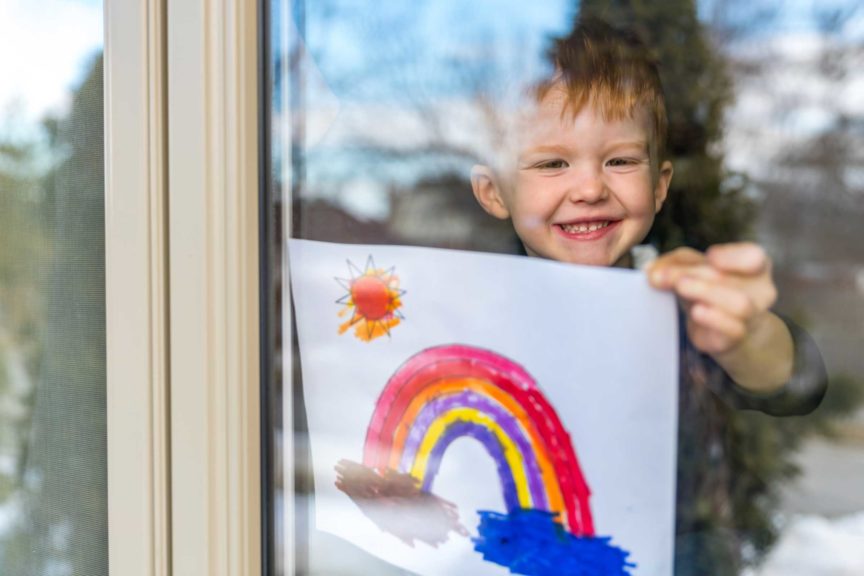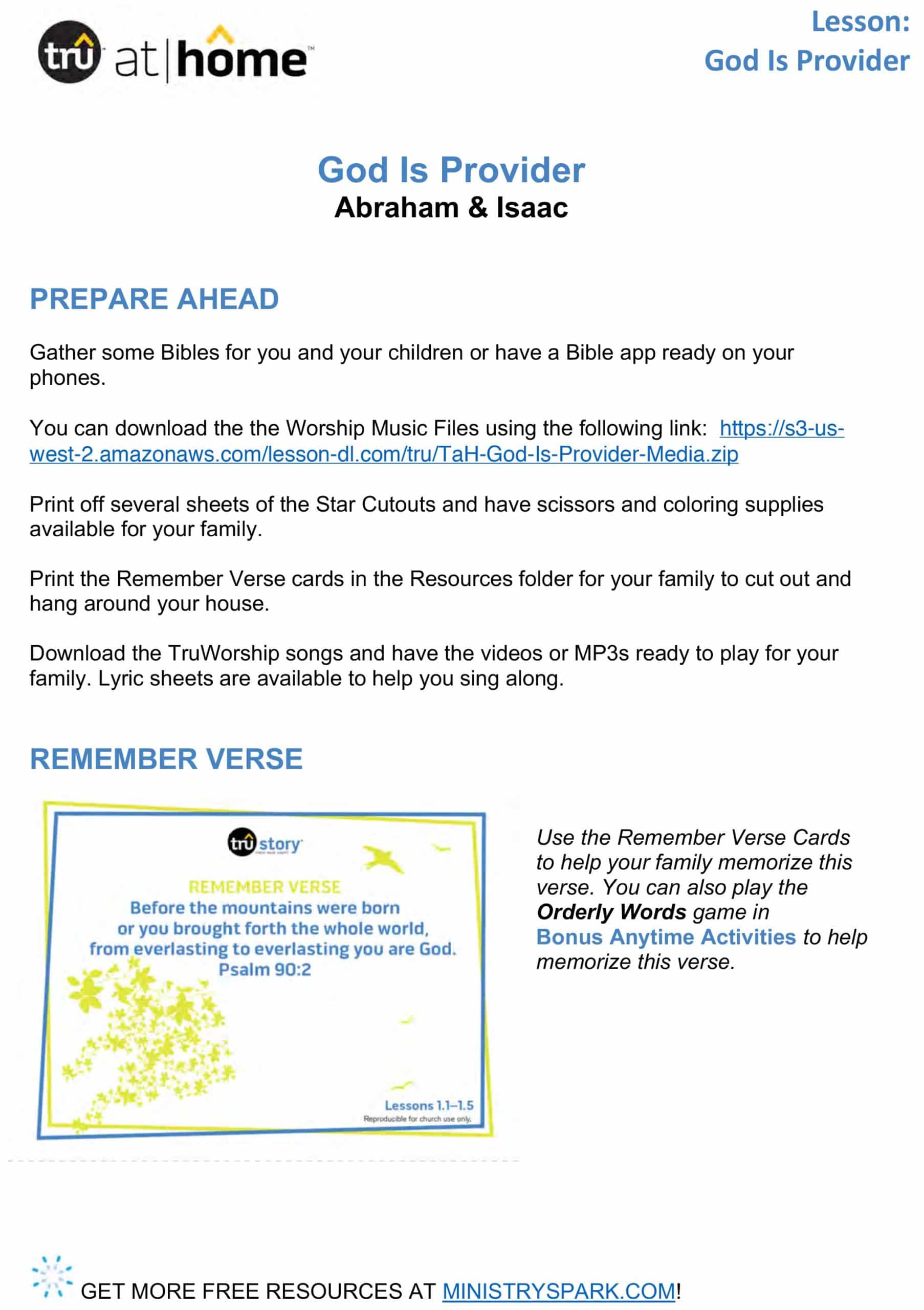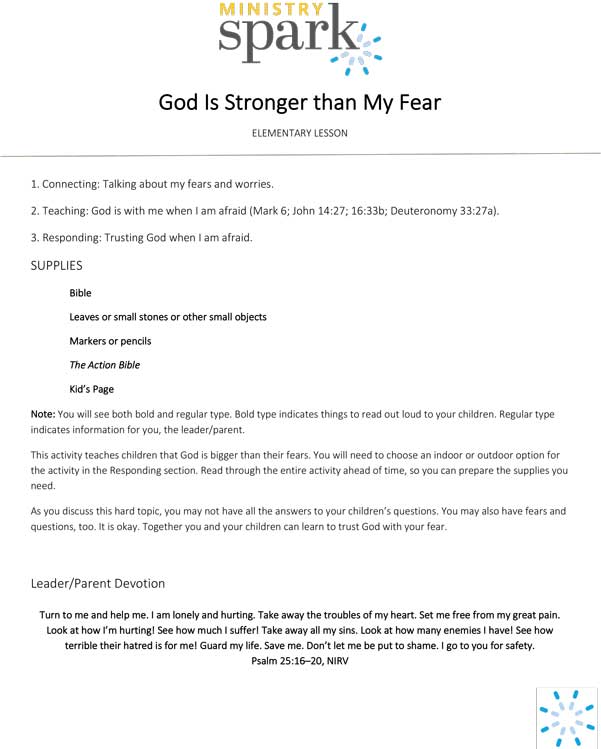Our world is more different today than we ever expected it to be. For example, it’s currently normal for us to walk into grocery stores and see people in masks. It’s normal for the shelves to be less than stocked. It’s normal for us to sanitize instantly after touching something outside of our homes.
And it’s currently normal for us to be in isolation. As we make our slow transition back to a new state of normalcy, it’s important for us to keep our children safe.
Keeping children safe isn’t limited to physical safety either. We have to look at spiritual, mental, and emotional safety too.
As we make our slow transition back to a new state of normalcy, it’s important for us to keep our children safe.
In this time where life—and church—looks different, it’s more important than ever to make sure our kids are okay.
Spiritual, Mental & Emotional Safety
In this section we’ll briefly touch on some ideas and resources for keeping kids spiritually, mentally, and emotionally healthy.
Be Prayerful
Build space into your time together for community, prayer, and focusing on the truth of God’s Word.
Consider having a sharing time of what each child learned during this time apart. Have time for prayer and praises rather than a full lesson for the first couple of gatherings. This will help ease children back into being together, while reflecting over the past few months.
Continue the things you’ve been doing to equip parents: sending lessons home, connecting online, supplying tips for family devotion times, etc. This has become a huge touchpoint for families and, we’re here to say: Keep up the awesome work!
Be Cautious

Be prepared with extra helpers for those young children who may have more separation anxiety (since they’ve gotten used to only being around family) and recognize that children may have a harder time paying attention with so many others around them.
Overstimulation can be very overwhelming for children who have had much quieter lives the past few months, so you might keep worship and your environment more calming instead of trying to pump up too much excitement.
Recognize and Help Kids Through Trauma
Trauma is defined as a person’s response to a deeply distressing situation that can cause someone to feel overwhelmed or helpless. Almost every person has felt some level of trauma during this COVID-19 crisis, including the kids you minister to!
And, as difficult as it is to think about, we need to be prepared to recognize trauma and even abuse as our doors open back up.
Check out these great resources to equip you to help your kids:
- 10 Trauma Principles to Practice During COVID-19 from Back2Back Ministries.
- Kids may still have questions about the pandemic so be prepared with the facts. Reference this sheet from the CDC.
- These other great resources from International Network of Children’s Ministry (INCM) are also helpful.
- Ministry Spark has also released some helpful resources for helping kids through this time. Check out these articles and resources:
Physical Safety
As safety is always important, it feels even more important in the day we live in. Although church could look different for all of us, here are some ideas as you look to reopen your church doors. And remember, we highly encourage you to follow the federal, state, and local guidelines for your area as you reopen.
- Consider dividing classes into smaller groups and possibly offering more service times in an effort to maintain distancing guidelines. For example, hold children’s services over three different times instead of only two.
- Sanitize anywhere little hands will touch: door handles, water fountains, chairs, tables, and other high traffic use items. Understand that many small children will not wear masks or understand the importance of social distancing in this time. Consider how you might approach ministry to these children in this time.
- See these recommendations from the CDC.
Additional Considerations as You Look to Reopen

- Remember that masks could be frightening to smaller children, so you may want to reconsider gathering younger age groups for a time.
- Limit the number of children in each area. As you limit children, make sure to still have at least 2 adults with the children at all times.
- Don’t allow those who have pre-existing health conditions or those who are older to serve at this time in order to protect them.
- Ask volunteers to self-screen before serving—anyone with any physical symptom should not serve (i.e. fever, cough, etc.).
- Train your teams and communicate to families what to expect through online meetings prior to the first week you’re open.
- If you are choosing to keep families together as part of your safety protocols and not offering children’s church or Sunday school classes, think through what things might continue to help them. Consider how worship, prayer, and the sermon could include kids and communicate those things to your leadership.
As we look at our new normal, it’s as important as ever that we consider the safety of our children—and sometimes it feels that we have more questions than answers. It might mean that families will continue to worship in their homes for a time. It might mean that you keep up the virtual teaching. However the church looks going forward, we hope this list helps you get started in thinking through what this means for children’s safety.
And, as you look to reopen, check out this article on innovation and the church. Let’s keep our wheels turning!

8 At-Home Lessons for Families

8 At-Home Lessons for Families











